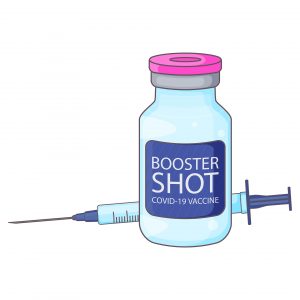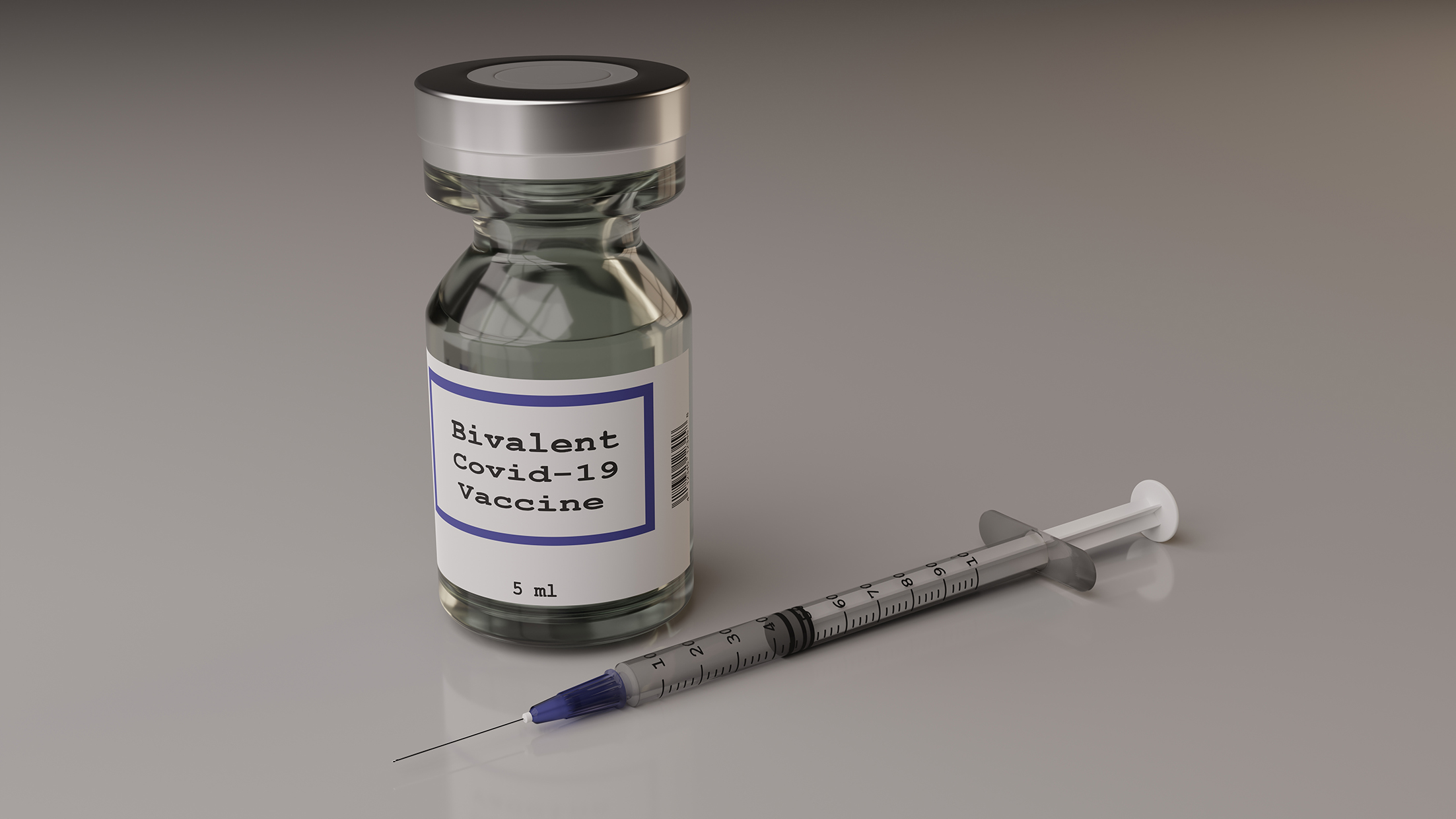What is the safety profile of a second COVID-19 mRNA vaccine booster?

The emergence of SARS-CoV-2 variants of concern (VoCs), and the eventual waning efficacy of the primary vaccination series and first booster dose indicated a need for a second booster dose of the COVID-19 vaccine (i.e., fourth dose). The Food and Drug Administration (FDA; March 29, 2022) authorized a second mRNA booster dose, to be administered > 4 months following receipt of a first booster in adults aged > 50 years, and moderately/severely immunocompromised individuals > 12 years.1 However, there are currently limited scientific data regarding the safety profile of booster doses administered at this frequency.
Evidence suggests that COVID-19 vaccine hesitancy is mainly motivated by safety concerns rather than efficacy considerations.2 Previously published data regarding – (i) the increased risk of myocarditis occurring within 21 days following a second dose versus first dose of the primary series;3 (ii) the high risk of reactogenic effects (local/systemic) following second dose of mRNA vaccines4 – was opined to have contributed to a lower-than-optimal uptake of second boosters among vulnerable populations, such as elderly and immunocompromised individuals. Therefore, the safety profile of the second mRNA vaccine booster dose is being extensively researched as a measure to close the knowledge gap on vaccine safety among eligible populations.
Yechezkel M and colleagues recently assessed the safety profile of a second booster dose of BNT162b2 mRNA COVID-19 vaccine in Israel.2 The authors conducted small prospective and large retrospective cohort studies to evaluate safety outcomes for study participants within 42 days of receiving a second BNT162b2 mRNA vaccine booster.2 The primary objective of the study was to assess adverse events (AEs) following the second booster dose that did not require medical consultation, with particular attention to reactogenicity – the findings were later compared with that of the first booster.2
Participants (aged > 18 years) in the prospective study were subjected to a novel method of reactogenicity assessment following receipt of first (n=1,785) and second (n=699) booster doses. Authors utilized smartwatches that continuously monitored physiological parameters such as heart rate (HR), HR variability (HRV)-based stress, and daily resting HR for 7 days before and 42 days after vaccination. Additionally, self-reported local and systemic AEs were also recorded (subjective measurements) each day with the aid of a mobile application.2
For the retrospective cohort analysis, authors secured data of 250,000 eligible subjects (age range: 18–104 years; median age: 69 years) from the second-largest healthcare organization in Israel. Medical records of participants who received first (n=94,169; 37.7%) and second (n=17,814; 17.6%) booster doses were assessed for incidence of 25 AEs of interest (based on standardized case definitions for AEs following immunization, by the Brighton Collaboration)5 including Bell’s Palsy, transverse myelitis, myocardial infarction, myocarditis and pericarditis. Risk differences for the AEs of interest between 42 days pre- and 42 days post-vaccination were evaluated in a pairwise fashion employing non-parametric percentile bootstrap.2
Key findings of the study included:2
Prospective cohort study
- No significant differences were reported in (i) HR: day 2 (p=0.3), day 6 (p=0.89) and (ii) the extent of self-reported reactions (p=0.06) – following inoculation with the first versus second boosters. These findings highlight that additional booster doses may not increase reactogenicity, and AEs remain mild and self-limiting.
- A significant increase in mean HR during the ‘week before vaccination’ (baseline) was comparable with the HR observed during the first 3 days following immunization with second booster (p<0.0001).
- The mean HR values, peaking on day 2 following inoculation with second booster versus baseline (mean difference of 1.61 bpm (1.07 to 2.16), reduced by day 6 (-0.055 bpm [-0.56 to 0.45]).
- Clinical significance of the mean HR (1.61 bpm) rise following the second booster was unknown.
- Among the 648 participants who received the second booster, 436 (67%) did not report any side effects post-immunization. Of those who did report AEs, the most frequently experienced reactions were fatigue, headache, muscle pain, cold, and sore throat, which subsided within 3 days.
- Participants who had previously reported severe reactions after the first booster also reported the same reactions following the second booster.
Retrospective cohort analysis
- Comparing the 42 days before and after vaccination, no significant risk difference for any AEs of interest were observed between the second booster and the first booster, including myocardial infarction (risk difference, 2.25 events per 10,000 individuals [95% CI, -93 to 8.98]) and Bell’s Palsy (-1.68 events [-5.61 to 2.25]).
- None of the individuals were diagnosed with myocarditis or pericarditis following vaccination with the second booster.
The findings from both the prospective and retrospective cohort analyses help to establish the short-term safety profile of the second booster of the BNT162b2 mRNA vaccine.2 No cases of myocarditis or pericarditis were reported among the subjects who received a second booster in the prospective and retrospective studies.2 Given these data and the ongoing incidence of SARS-CoV-2 infections, it may follow that the modest gain in vaccine effectiveness associated with a second booster may outweigh safety risks, and help to mitigate the risk of COVID-19-related hospitalizations and deaths among vulnerable populations.
References
- Food and Drug Administration: Pfizer-BioNTech COVID-19 vaccine letter of authorization (reissued). Available at https://www.fda.gov/media/150386/download. Accessed on 09 December 2022.
- Yechezkel M, et al. Lancet Respir Med 2022;S2213-2600(22)00407-6.
- Oster ME, et al. JAMA 2022;327:331-40.
- Chapin-Bardales J, et al. Vaccine 2021;39:7066-73.
- Kohl KS, et al. In: Henriksen K, et al., Editors. Advances in Patient Safety: From Research to Implementation (Volume 2: Concepts and Methodology). Agency for Healthcare Research and Quality (US); 2005.










